Canada’s population is aging, birth rates are low, and economic growth is increasingly tied to immigration. In 2025, the Canadian government will continue to rely on skilled immigrants to fill critical gaps in the labor market. From healthcare to technology and skilled trades, sectors across the country are experiencing persistent shortages, and immigration is the solution. That’s why Canada’s immigration targets remain high, with a strong focus on demanding occupations.
Key Takeaways
Top In-Demand Jobs That Can Lead to Permanent Residency
Several professions stand out as high-priority under Canada’s updated immigration system. Roles in healthcare, construction, information technology (IT), education, and skilled trades are now fast-tracked for permanent residency through Express Entry and Provincial Nominee Programs. If your work experience aligns with one of these fields, your chances of receiving an invitation to apply (ITA) in 2025 are significantly higher.
Healthcare Professionals: A Direct Pathway to Canadian PR
Healthcare remains the most urgent need. Canada is actively seeking:
- Registered Nurses
- Family Physicians and Specialists
- Pharmacists
- Medical Laboratory Technicians
- Physiotherapists
- Dentists and Dental Assistants
These roles are now prioritized in category-based Express Entry draws specifically for healthcare professionals. Applicants with verified credentials and job offers in this sector can expect faster processing and greater chances of success.
Skilled Trades: Canada’s Infrastructure Needs You
Canada’s growing cities and major infrastructure projects require more hands-on expertise. Skilled trades are in high demand, including:
- Electricians
- Plumbers
- Welders
- Carpenters
- HVAC Technicians
- Heavy Equipment Operators
Many trades-related occupations are featured in both federal and provincial immigration streams, especially in Alberta, Saskatchewan, and Ontario. These roles often fall under the Federal Skilled Trades Program (FSTP) and are also eligible for category-based Express Entry draws.
Also Read: How to Get Permanent Residency in Canada: Express Entry, PNP & More
Tech Talent Wanted: Opportunities for IT Professionals
The tech industry in Canada is booming. Companies are hiring skilled professionals in:
- Software Development
- Cybersecurity
- Cloud Computing
- Data Science
- UX/UI Design
- Digital Marketing
Canada’s Tech Pilot Programs and PNP streams in provinces like British Columbia and Ontario are tailored for tech workers. If you have a strong background in IT and meet language requirements, you could be on a fast track to PR.
Education and Social Services: Roles with Long-Term Demand
Teachers and social service professionals are also on Canada’s priority list, particularly in rural and underserved areas. In-demand roles include:
- Secondary School Teachers (especially in French or STEM)
- Early Childhood Educators
- Special Education Teachers
- Social Workers
- Counselors
These occupations often receive targeted invitations under Express Entry and PNP streams, especially in provinces like Nova Scotia, Manitoba, and New Brunswick.
How Express Entry is Prioritizing In-Demand Occupations
In 2025, Express Entry’s new category-based draws target candidates with specific work experience in high-demand fields like healthcare, trades, STEM, transport, and education. This marks a shift from the traditional Comprehensive Ranking System (CRS)-only approach, allowing lower-scoring candidates in key occupations to still receive ITAs. If your experience aligns with one of these targeted categories, your path to PR could be much shorter.
Provincial Nominee Programs: A Regional Route to PR
PNPs remain a vital alternative to Express Entry. Each province has its own list of in-demand occupations and invites candidates who can meet local labor needs. For example:
- Ontario focuses on healthcare and tech.
- BC runs targeted tech and childcare draws.
- Alberta supports trades and agricultural workers.
- Atlantic provinces prioritize teachers and nurses.
The advantage? Lower CRS cut-offs and additional nomination points that boost your Express Entry profile.
Support Programs for Skilled Immigrants
Once you arrive in Canada, programs like Career Paths for Skilled Immigrants (in British Columbia) help bridge gaps in credential recognition, licensing, and job search. These programs offer:
- Financial support for credential assessments
- Mentorship from industry professionals
- Job matching and training resources
Such support can significantly ease your transition into the Canadian workforce.
Final Thoughts: Matching Your Skills with Canada’s Needs
If you’re a skilled worker aiming for Canadian permanent residency in 2025, aligning your experience with in-demand occupations is the smartest move. Whether through Express Entry’s targeted draws or province-specific PNPs, Canada is actively welcoming talent that meets its evolving economic needs.
So, if your profession made this list, this could be your moment to make the move.





